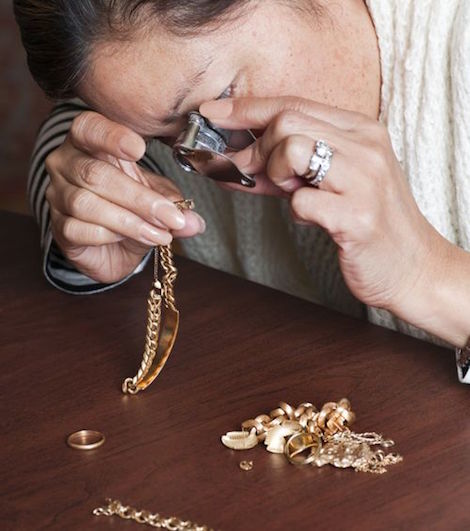Securing Openness and Principle in Aurum Provision Networks Utilizing Creative Traceability Methods.
Securing Openness and Principle in Aurum Provision Networks Utilizing Creative Traceability Methods.
Blog Article
Golden is a precious resource that has been sought for millions of years. It is used in jewelry, gadgets, and even as a form of money. However, the journey the metal takes from quarries to consumers can be complex and often misses transparency. This means that it can be difficult to know where the material comes from and whether it was mined in a way that respects ethical standards and the ecosystem. Advanced traceability technologies are developing as vital tools to ensure the reliability of precious metal supply chains.
One reliable method for improving transparency in gold logistics networks is the use of blockchain technology. Blockchain creates a tamper-proof digital ledger that logs every exchange involving gold, from the mine to the consumer store. This technology allows all participants in the distribution network, including miners, dealers, and end users, to see where the gold has been and confirm its origin. By using ledger-based systems, organizations can provide evidence that their gold is responsibly sourced, helping to build confidence with consumers who are increasingly aware about ethical sourcing.
An additional tracking solution involves the use of distinct ID tags for precious metal products. These tags can include quick-response codes or RFID chips that retain data about the metal’s source and journey through the supply chain. When consumers scan these tags, they can access comprehensive insights about the metal’s history, including where it was extracted and how it was refined. This level of transparency not only helps consumers make informed purchasing decisions but also promotes ethical practices within the sector.
In addition to digital solutions, collaboration among stakeholders is essential for ensuring trustworthiness in precious metal logistics systems. Regulatory bodies, non-governmental organizations, and businesses must work together to establish clear policies and standards for responsible mining practices. By promoting programs such as ethical sourcing certification, these entities can empower miners who adhere to ethical practices while also guaranteeing that end users have access to responsibly sourced materials. Collaboration fosters responsibility and creates a coordinated approach to addressing issues related to transparency in the industry.
In the end, maintaining transparency and integrity in precious metal distribution networks like it supports all stakeholders. Buyers gain confidence in their purchases when they this article understand their metal is ethically obtained. Ethical practices can lead to better labor environments for extraction workers and contribute to ecological responsibility. As advanced tracking technologies continue to develop, they hold great promise for reshaping how we perceive and interact with gold throughout its lifecycle from extraction site to market. The future of gold supply chains looks brighter as these approaches lay the foundation for a more ethical industry.